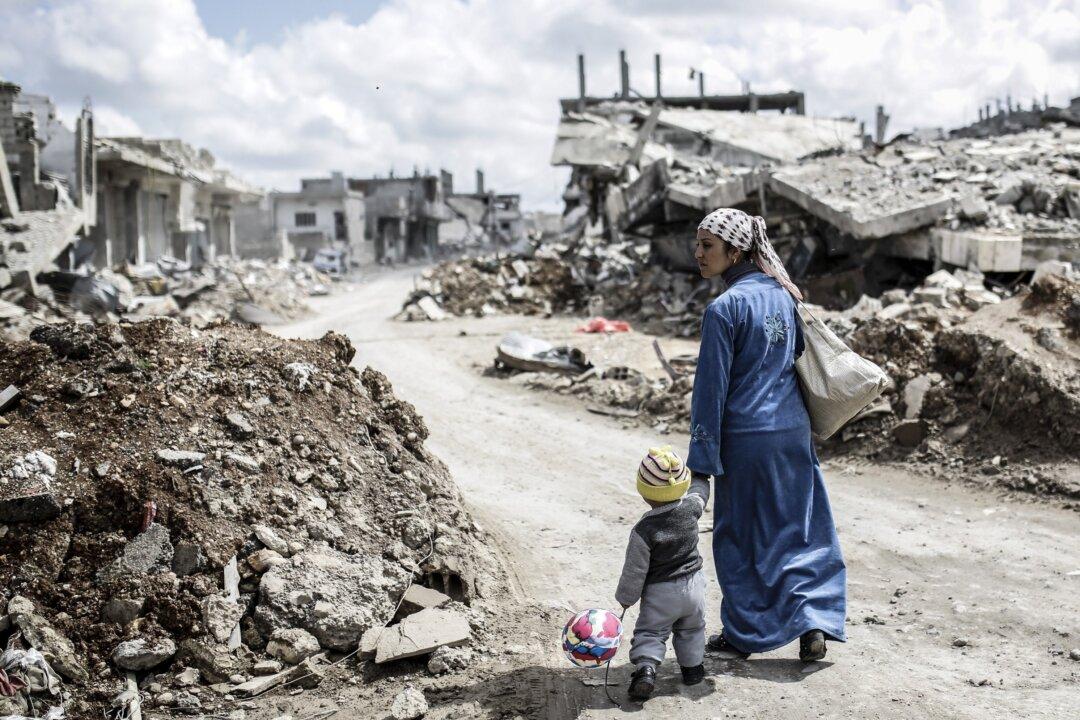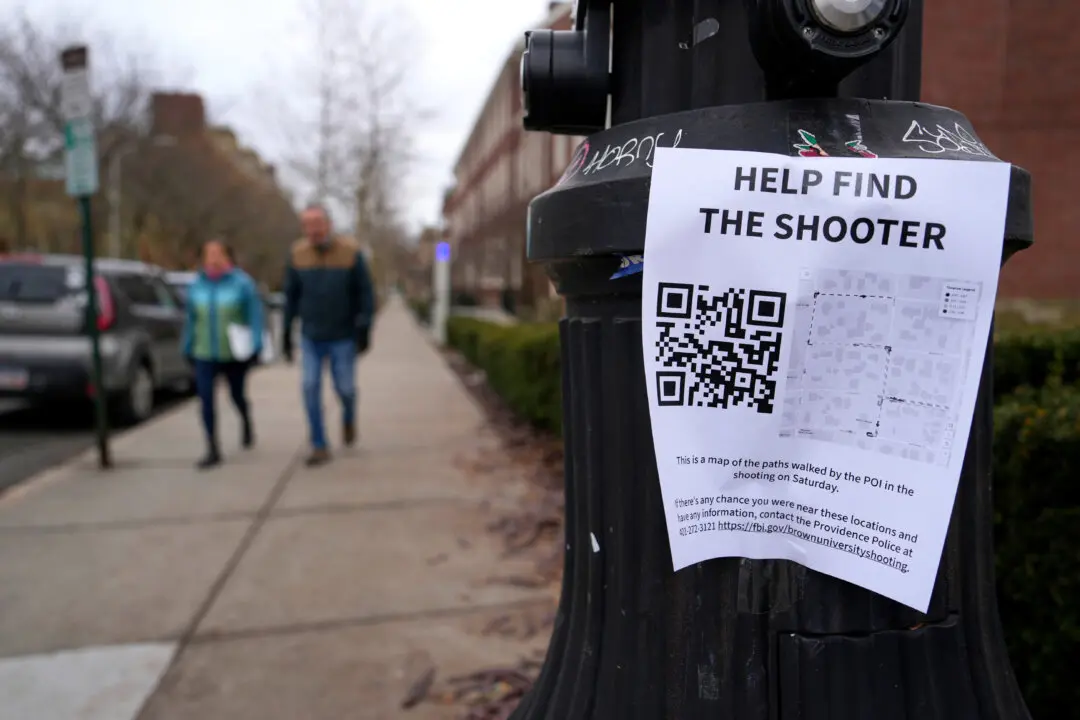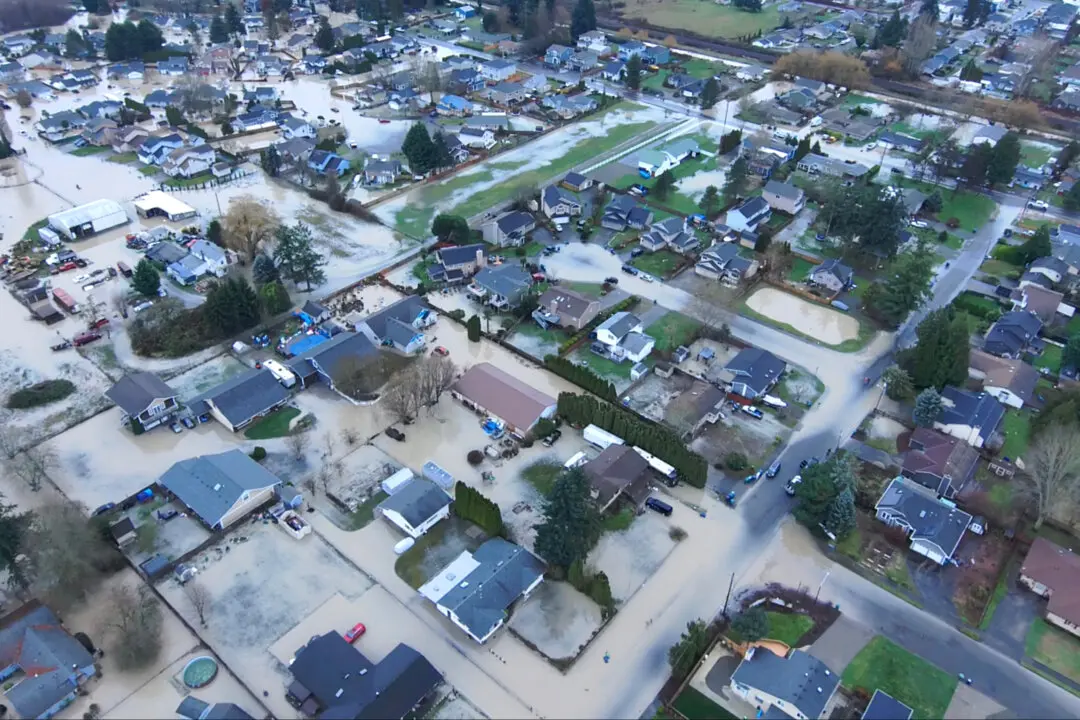KAWERGOSK CAMP, Iraq—Perwin Shamsaddeen Ali, a Syrian refugee living in a tent camp in northern Iraq, has been reduced to cooking one meal a day for her family of four.
“I cook at 11 o'clock and we eat the leftovers in the evening. Why? Because we have no more food, that’s why,” the 28-year-old mother of two said as her sons tossed a balloon outside their tent. “Today I gave the kids some noodles, that’s all. That’s all we had today.”
As aid agencies struggle to keep pace with the worst refugee crisis since World War II they have been forced to cut back on assistance, including food rations. With no end in sight to the Syrian war, and regional host countries increasingly overwhelmed, many refugees see the perilous crossing to Europe as their only option.






